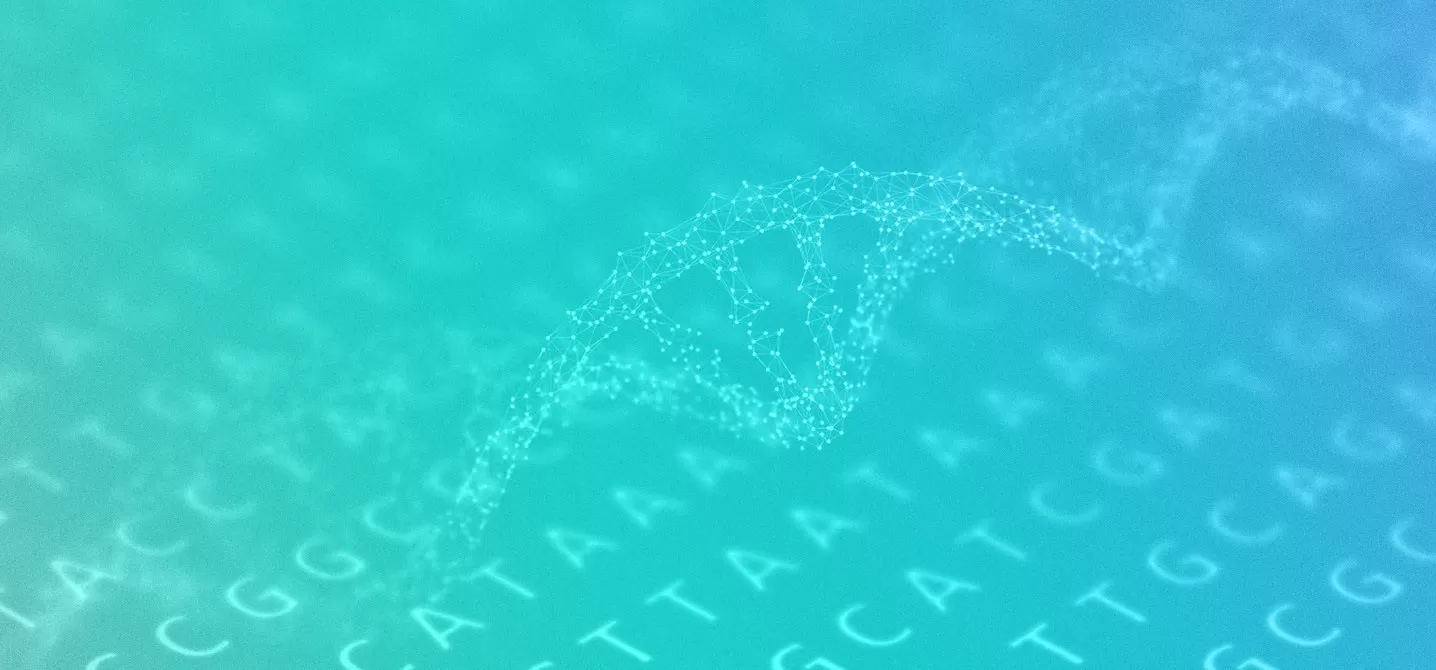Editing Out Rett Mutations

Until we know what form the Rett cure will take it’s critical to pursue multiple strategies in parallel. So, in addition to providing the funding for the development of the first generation gene therapy for Rett Syndrome, now being pursued by AveXis, RSRT has also supported the parallel development of future potential therapies also targeted to MECP2. One of these approaches, RNA editing, which is part of our Roadmap to a Cure, has taken an important step forward.
Gail Mandel, a member of both the MECP2 Consortium and Gene Therapy Consortium recently published a paper providing proof of principle for repairing Rett Syndrome mutations as an alternative to gene replacement. The study, published in the Proceedings of the National Academy of Sciences, demonstrates the ability of an engineered enzyme to repair a class of mutations known to cause Rett Syndrome in people.
Many of you will remember from high school or college biology that DNA is made up of four nucleotide bases: thymine (T), cytosine (C), guanine (G) and adenine (A). Many of the mutations that cause Rett Syndrome are actually point mutations, which mean they change only one of the nucleotides in the DNA sequence of MECP2.
One obvious therapeutic approach would be to correct the error in the DNA sequence using CRISPR or other gene editing approaches. Although it is possible to edit DNA in some tissues, it is not yet possible to effectively edit and correct DNA in the human brain. We are closely monitoring this rapidly evolving field of research and intend to exploit advances as they occur.
Rather than edit the DNA, the Mandel lab has pioneered an approach to edit and functionally correct a point mutation at the intermediate RNA stage, after the RNA is transcribed from the DNA, but before the RNA is translated into protein. The goal is to produce a normally functioning MeCP2 protein. To accomplish this, the Mandel lab first engineered an enzyme to specifically target and correct a specific Rett point mutation where a G is incorrectly copied as an A. They named this optimized enzyme Editase. They next demonstrated that three different G to A mutations that cause Rett Syndrome in humans could be corrected with an optimized Editase.

To test if Editase could repair MeCP2 RNA in a living animal, the Mandel lab created a new Rett Syndrome mouse model containing the relevant human R106Q mutation. Editase was able to repair and correct the mutation in more than 70% of the neurons.
The R106Q mutation is known to cause two key deficits: 1) less MeCP2 protein being expressed and 2) the mutant protein does not bind to DNA. Importantly, after treatment with Editase, both of these deficits were restored. The lab is currently moving ahead to test the ability of Editase to reverse symptoms in mice with this Rett mutation.
While these G to A mutations are rare, this study provides an important proof of principle that RNA editing is capable of correcting Rett mutations. There are other enzymes that are able to edit and correct other mutations at the level of RNA and in the future it may be possible to use the same strategy to correct many of the more common mutations. Now that RNA editing has been shown to work in a cellular disease model, we will encourage and fund additional research to advance this therapeutic approach to curing Rett Syndrome.
This is a prime example of how the funds that affected families raise for RSRT enable us to attack Rett Syndrome strategically from all angles. Thank you to all our generous supporters for making this important work possible.


